The idea of Pokken Tournament makes a whole lot of sense. Take Pokemon and turn it into a straight fighting game. In a way, that’s what the whole series is, Pokemon fighting other Pokemon. However, shifting to a more real-time setting, along the lines of Tekken and Street Fighter, hasn’t been attempted until now. The idea is sound, take some favorite characters from the twenty year old series and set them against each other in traditional fighting game style. However, while the final execution has some fun elements, it leaves a bit to be desired.
Pokken Tournament has a very loose storyline, as most fighters do. You are a new trainer taking on the challenge of becoming the very best (like no one ever was). At the beginning of the game, you select a Pokemon out of the fourteen that are initially available to become your partner, though you can swap them out at any time, so it’s not as important of a decision as choosing your starter in the main series titles. You then enter the tournament, moving through the ranks, leveling up whatever Pokemon you are using, on your way to the ultimate championship. Of course, along the way things take a much bigger, and more important turn.
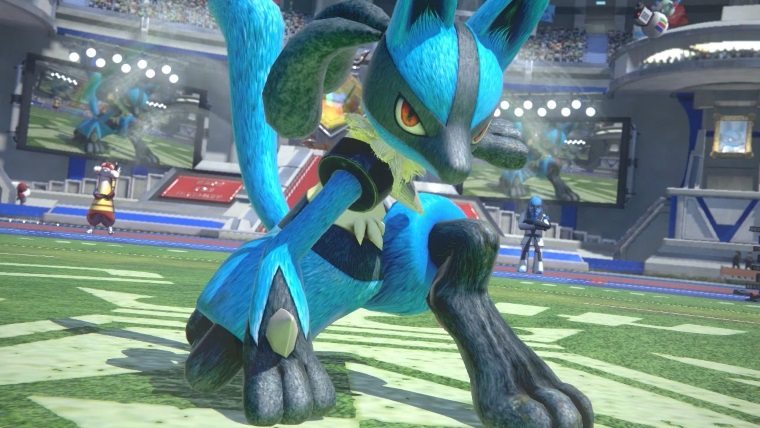
Like most fighting games, the story isn’t the main draw. Instead it is all about the fighting system on display, and how well it will work for the theoretically hundreds or thousands of matches that players will go through. In this regard, Pokken Tournament features a very interesting mash up of other fighting games’ systems, with some innovation and improvements thrown into the mix.
The fighting itself is where the true surprises lie
Considering that this is the first Pokemon themed fighting game, it would have made sense for the developer, Bandai Namco Entertainment, to go the safe route, loading up a bunch of characters, and implementing a simple fighting engine that would simply service the characters and keep players engaged. With sixteen Pokemon featured in all, there’s a decent selection of those characters. They also play very differently from each other, not only having unique moves, but also feeling totally different as you control them. However, some definite favorites have been left out here, and many players might find that their preferred Pokemon is mysteriously missing.
The fighting itself is where the true surprises lie though, as Bandai Namco threw in some very new and different ideas, with the results being a bit of a mixed bag. First up is that Pokken Tournament is essentially a mixture of both 2D and 3D fighters. Matches start in 3D, with players able to move about the map in any direction. Once one of the fighters lands a significant blow to their opponent the game shifts to the Duel Mode, or 2D fighting system. This shift is both interesting and strategic, as whatever fighter lands the blow that sets it off will get bonus on that specific attack. Players will parry and dance around each other, trying to hit the right spot at the right time to trigger it.
Likewise, the fight shifts back to 3D mode when a fighter is knocked hard enough, leading to a similar tactical approach in the Duel Mode fighting. Pokken Tournament already features a wide variety of fighters and movesets, and the fact that they are vastly different in each of these two modes only adds to the depth and complexity.
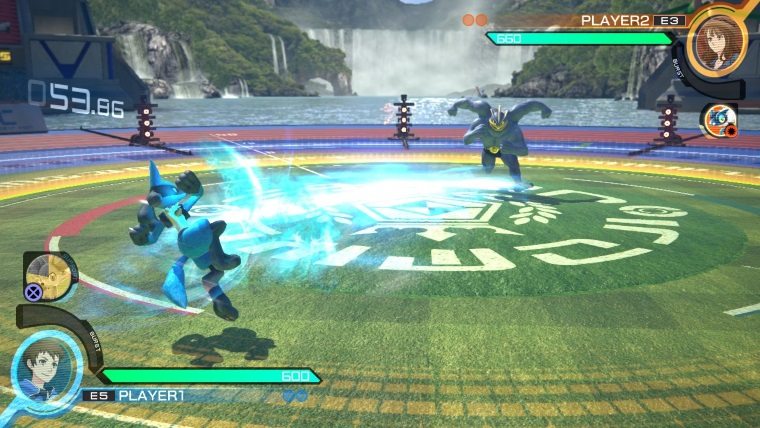
Adding even more to this are the two meters that charge up throughout the match. One is for your helper Pokemon to come out and perform their move. These can be chosen from a bunch of preset combinations of two Pokemon each. When the match starts, and in between individual fights, you can pick one of the two, which will charge up and unleash a specific attack, or a helping boost to your character depending on which Pokemon you picked. These definitely add to the strategy of the game, as you can use them to disrupt your enemy’s movements, or pull off some combos that otherwise wouldn’t work.
The second meter is even more important. The Synergy Gauge fills up throughout the match, and even carries over into the second or third fight. This fills up during the fight, but you can grab extra bits of energy for it that pop up on the map. Once it is full you can initiate it to charge up your Pokemon. This not only increases their attack and defense capabilities, but also allows for new moves, including a tough to pull off, but very powerful attack that is unique to each character. Timing the use of this ability is key to winning games, and players will find different strategies for how and when to use it.
Outside of these special moves, chaining together combos, some of which are natural, while others are pre-set button combinations, feels easy at first, though getting to the more complicated ones will certainly take a lot of practice. Pokken Tournament is more focused on delivering an action packed experience though, so while combos are present, normal moves will be used a lot, with some even homing in on the enemy. This can definitely lead to some button mashing though, and players will likely find that a few of their moves work much more effectively than others, then lean on them heavily in encounters.
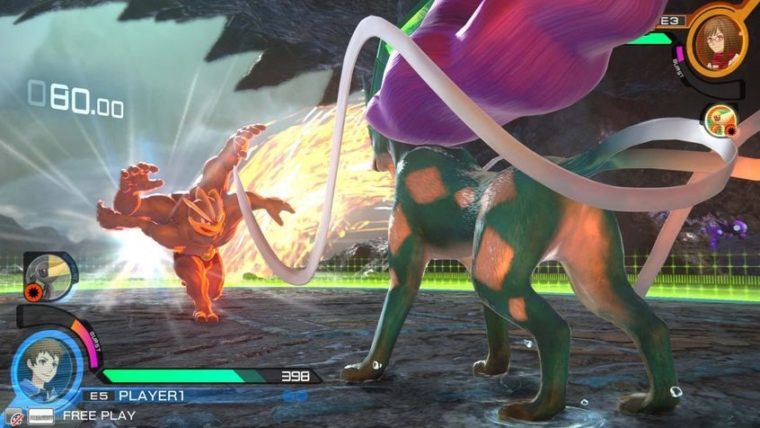
As far as how you’ll be engaging with these fights, Pokken Tournament is a bit light on game modes. There’s all the standards, with the tournament style story mode, individual fights where you set different options, local multiplayer, and online multiplayer.
Fighting against the AI opponents can get old pretty quickly, as they don’t become too difficult until well into the story mode. Most players will likely not even lose a match in their first time through the first couple of ranks, as the enemies simply don’t employ the tougher strategies that they should. The story mode also becomes a bit of a slog, as rising through the ranks takes forever, and requires multiple run throughs of practically the same fights. This feeling is exacerbated by the samey feeling that the maps have, as the background will change, but the fighting area essentially comes down to either being a circle or oval, and whether it is large or small.
Fighting other players works much better, and will likely be the way most players spend their time. Online battles, at least pre-launch, were quick and easy to find, and ran without any hiccups at all. Players can choose between ranked matches against strangers, or friendly bouts with either strangers or their friends. And everything runs at a stellar 60 fps.
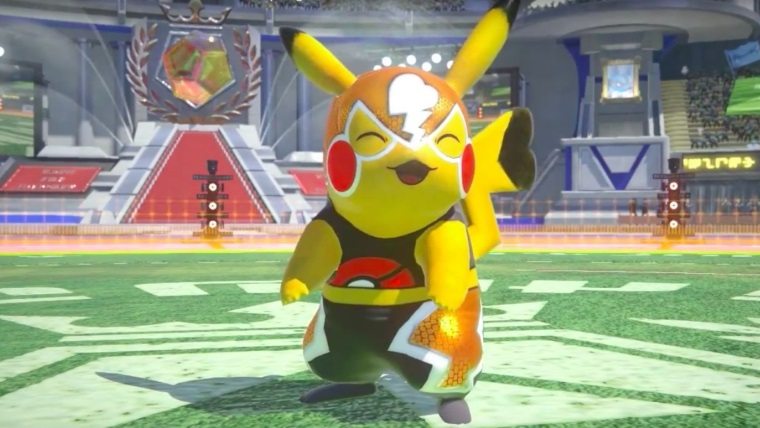
In fact, the visual presentation is pretty top notch. Seeing Pokemon in HD is a real treat, and the designs all match the handheld games well, while still taking on a life of their own. The only real problem on the graphical front is the lack of fur or hair on some Pokemon, specifically Pikachu to name the worst example. This causes some Pokemon to look overly flat and lifeless, but this isn’t true of them all.
The Verdict
A limited character selection, too-similar map structure, and a somewhat cumbersome and button-mashy combat drags down what would otherwise have been a stellar new entry for the Pokemon franchise. Still, with lowered expectations, shifting away from a totally solid Pokemon or fighting game, to something more akin to fan service, many will find enough to justify a purchase here.


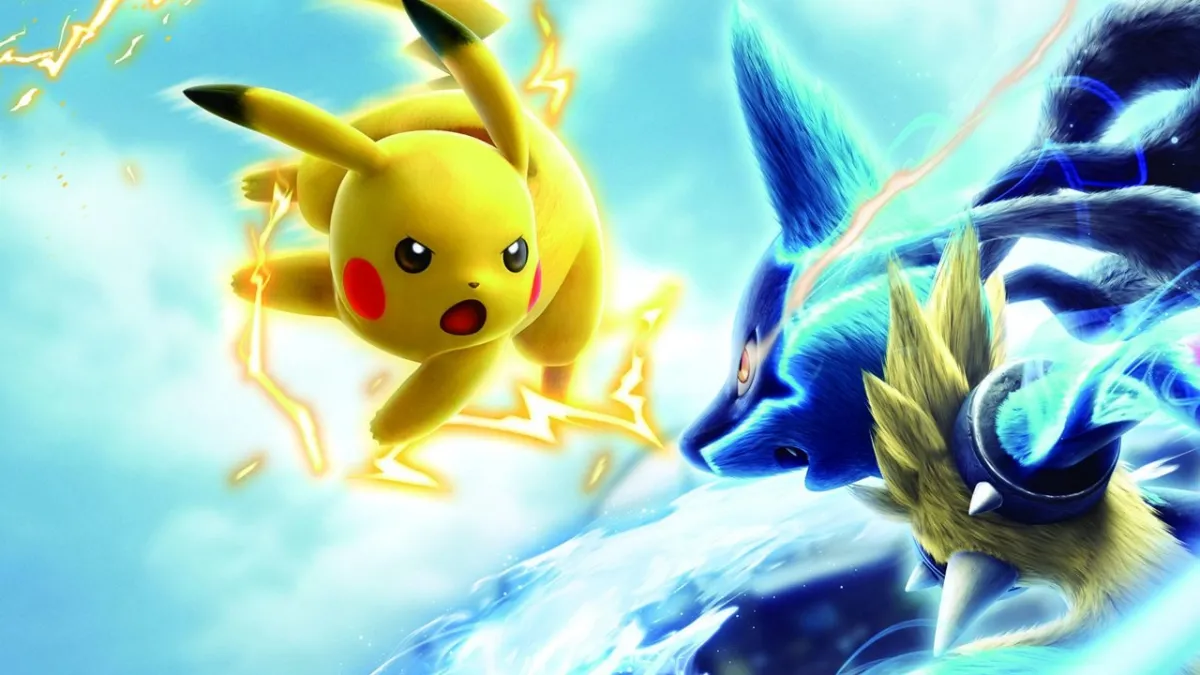








Published: Mar 15, 2016 08:00 am